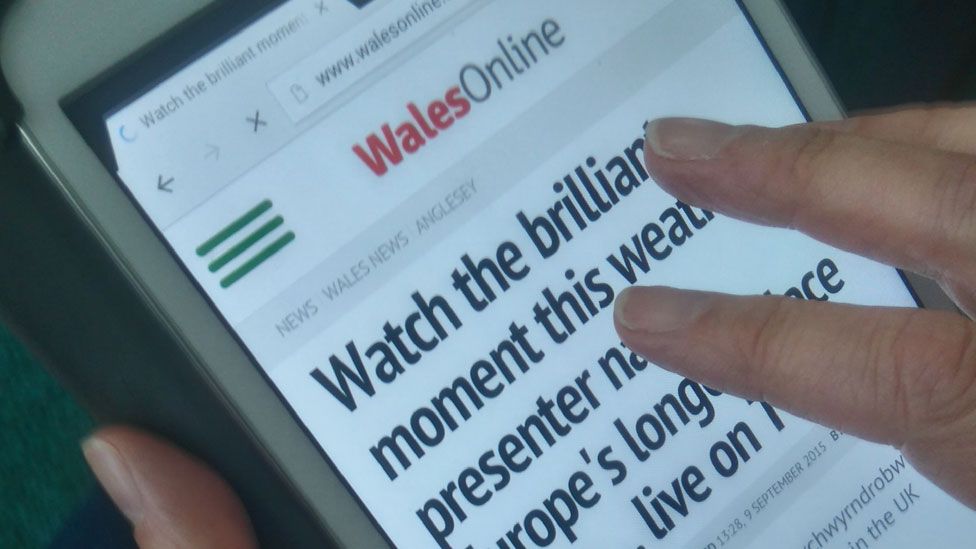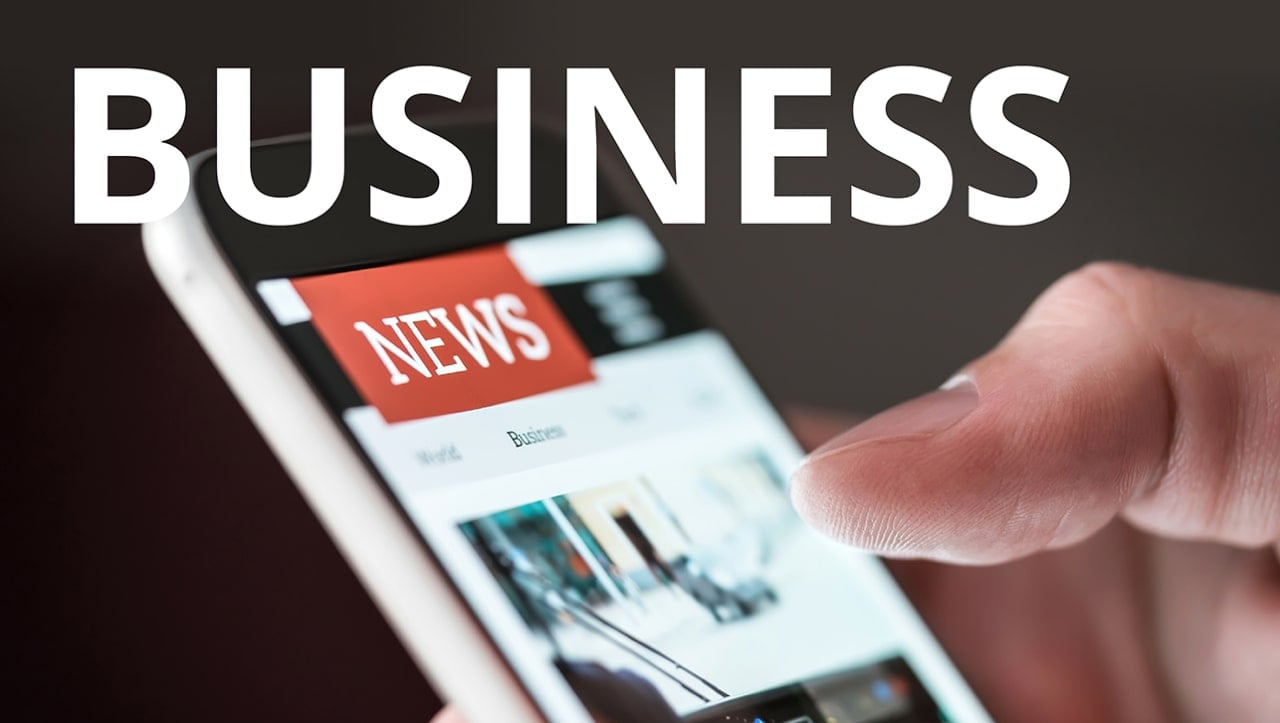Not known Facts About Popular News
Not known Facts About Popular News
Blog Article
Our Popular News PDFs
Table of ContentsThe smart Trick of Popular News That Nobody is DiscussingAll about Popular NewsAn Unbiased View of Popular NewsThe 9-Second Trick For Popular News
Age is also an aspect in the method people view the duty of social media. More youthful social media sites information consumers are more probable to claim it has actually affected their discovering right. About fifty percent of social networks information consumers ages 18 to 29 (48%) claim information on social media makes them far better informed, contrasted with 37% of those 30 to 49, 28% of those 50 to 64, and 27% of those 65 and older.Journalists weigh information worths when establishing whether or not to cover an event or statement. Arguably the most crucial element of newsworthiness is whether or not the news thing being communicated effects an information outlet's target market.
Study on a state's brand-new tax obligation code most likely will not produce the very same interest throughout state borders. Periodically professionals can help localize a larger nationwide story that affects more than just a city or state.
If you are releasing newsworthy research, loop in MarComm before the post being released to make sure that the pitch can stress the latest aspect of the tale: the publication of the research study. Occasions and news that involve prominent figures are a lot more most likely to generate media coverage. Check outs from national figures frequently require months of prep work as a result of expected neighborhood rate of interest.
The smart Trick of Popular News That Nobody is Talking About
Stories commonly include some kind of problem. By interpretation, these stories are usually controversial to some extent. College team and faculty are usually viewed as neutral professionals. We can assist reduce possible reputational risk with these tales while also increasing the probabilities of creating protection. While most of the above news worths are interwoven, human rate of interest tales commonly stand apart.
Human interest elements can add information worth to other stories that may show up to be lacking in the other values. The uniqueness or peculiarity of a scenario can help influence whether or not an information electrical outlet is likely to cover a story. While this is not an exhaustive listing, examining to see if your news product or event has these high qualities prior to calling us will help you figure out which components hold the most news value.
The research study locates that slightly over half of all U.S. adults sign up for information in some formand roughly fifty percent of those to a paper. And in contrast to the concept that youngsters will certainly not spend for information since info on the web is complimentary, almost 4 in 10 grownups under age 35 are paying for news.
There is also substantial proof that even more customers might begin to spend for information in the futureif authors can recognize them and offer them well. Fifty percent of those that do not pay for information actively look for information more information and resemble subscribers in different methods. And nearly 2 in 10 of those who do not subscribe to information now indicate they are inclined to start to pay in the future.
Fascination About Popular News

Individuals are drawn to news in basic for 2 reasons above others: A wish to be informed residents (newspaper clients in particular are highly inspired by this) and due to the fact that the publication they sign up for excels at additional hints covering particular subjects concerning which those subscribers particularly care - Popular News. While there are a host of reasons, the No
Greater than 4 in 10 likewise cite the reality that family and friends register for the very same item. Even more than a 3rd of individuals claim they initially subscribed in response to a discount rate or promotion. In print, people also are moved heavily to register for obtain promo codes that conserve them cash, something that has untapped effects in electronic.
More About Popular News
We asked everyone who told us they have a normal complimentary source of information exactly how most likely they would be to spend for it. Even more than a quarter (26 percent) say they would certainly be at the very least somewhat most likely to begin spending for itand 10 percent are very or exceptionally likely. These most likely payers have a tendency to be news applicants, and they also often tend to be people that currently pay for an information membership along with the resource they adhere to for complimentary.
Of those that do pay, 54 percent sign up for papers in print or digitally, which stands for 29 percent of Americans overall. Many of them buy a print publication along with their paper and pay for two to four information sources in total amount, some much click here to read more. And while 53 percent are long-time customers (5+ years), even more than a quarter (27 percent) have acquired their paper subscription within the past year.

Report this page